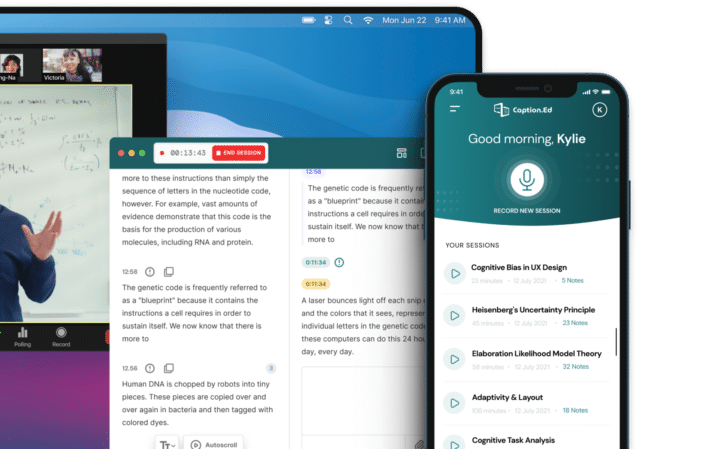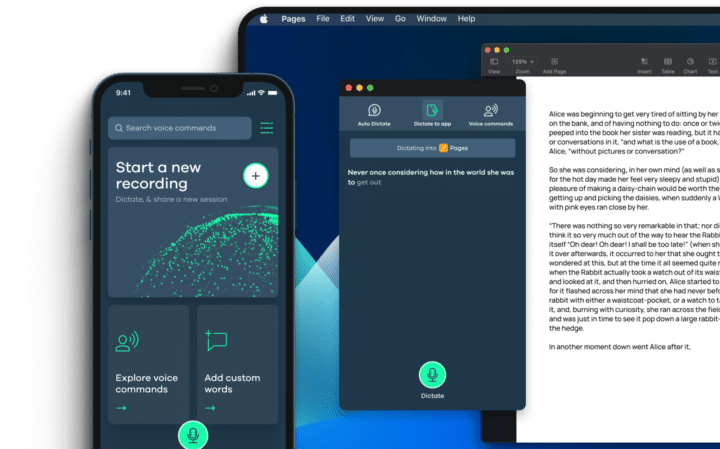Workplaces around the world are missing out on the benefits of neurodiversity. Neurodiverse employees offer better productivity, excellent creative thinking skills, and unique perspectives. But knowing how to support neurodiversity in the workplace isn’t simple. And sometimes it takes a dedicated programme and staff team to make it work.
To help leaders understand what they can do to promote better neurodiversity, in this blog post we’ll share advice on how to support neurodiversity in the workplace as well as examples of some of the companies doing this most successfully. But first, let’s look at some of the benefits neurodiversity can bring to a working environment.
What are the Benefits of Neurodiversity in the Workplace?
Neurodivergent staff with conditions like dyslexia, dyspraxia, autism, or ADHD bring unique skills that can increase creativity, innovation, and competitiveness. Despite this, recruitment rates are low. While neurodivergent conditions qualify as a protected characteristic in the Equality Act 2010, many organisations don’t run active recruitment programmes.
Having recognised the potential of neurodivergence to improve their bottom line, JP Morgan Chase launched an Autism at Work programme in 2015. By recruiting over 70 staff with ASD (Autism Spectrum Disorder) this group achieved 140 percent higher productivity rates compared to other staff. Plus, along with increased productivity, neurodivergent staff can add significant organisational value in interesting ways:
Dyslexia
People with dyslexia are often good at manipulating scientific concepts. They also have strong problem-solving capabilities and show excellent creative thinking skills. This is also reflected in all three of Caption.Ed’s co-founders having a dyslexia diagnosis.
Autism
People with autism can excel in areas like rule-based thinking. They also show high levels of concentration, detailed factual knowledge, and excellent memory.
ADHD
ADHD affects people in different ways. But employees with this diagnosis can show strengths in creativity, optimism, meeting short-term targets, and being spontaneous risk-takers.
Dyspraxia
Dyspraxia affects around 10 percent of the population. People with dyspraxia are often determined, motivated, and persistent. And like those with dyslexia, they also show creative problem-solving skills.
Steps You Can Take to Support Neurodiversity in the Workplace
While large corporations may have the money and resources to invest in understanding how to support neurodiversity in the workplace, not every company can do this. But there are some practical steps you can take to make a difference.
Engage Senior Leadership
Understanding how to support neurodiversity in the workplace starts with getting leadership buy-in. But it’s important to do your homework and find out leadership’s main challenges around DEI. Ask them if neurodiversity is a priority, how many neurodivergent staff they employ, and the extent of reasonable adjustments they’re willing to make.
With this information, you can build a business case that sells the difference increased neurodiversity would make to the organisation. The business case should include data and hard evidence, along with background information on the range of neurodivergent conditions and case study examples.
Prioritise Neurodiversity in Your DEI Policy
Heads of Diversity and Inclusion may already feature neurodiversity in their policies. But it’s important to give this area active priority since it can get lost among the range of protected characteristics. Prioritisation could look like setting up discussion groups or peer support groups to encourage neurodiverse staff to share their experiences.
It could also look like awareness-raising campaigns via internal marketing and comms teams, highlighting assistive technology available and getting advice and support from dyslexia services like the British Dyslexia Association or Helen Arkell Dyslexia Centre. So, if you haven’t made a big deal out of drawing attention to neurodiversity yet, you may want to start planning how to engage your organisation with this area.
Create an Inclusive Environment
As part of your quest to raise awareness and acceptance of neurodiversity in your organisation, consider giving staff regular training. This could include desk-based assessments and regular demonstrations of how staff can play an individual and collective role in supporting neurodivergent colleagues.
It’s also important to focus on accommodating the needs of neurodivergent staff. So, this may include making reasonable adjustments to accessibility in the office or remote working environments. In practice, this may include making adjustments to sensory aspects of the working environment such as sounds, lights, and avoiding strong patterns on walls. The Centre for Accessible Environments (CAE) offers training and consultancy on inclusive design principles and useful resources that may help.
Adapt Your Hiring Process
You may be ready to accept neurodivergent colleagues into your working environment, but you face a challenge to receive enough applications. Often, candidates can lack confidence or even be wary of environments that don’t understand their form of neurodiversity. This may even be a greater challenge for candidates with more evident conditions such as autism or Tourette’s.
One way to overcome this is to consider forming allegiances with community groups, such as charities and non-profits. They will have in-depth skills and knowledge to support organisations to increase their pipeline of neurodivergent candidates. Many neurodiversity charities have employment teams that will work with organisations and help to place relevant candidates into open positions.
Work One-to-One with Neurodivergent Staff
If you are successful in recruiting neurodivergent staff, you’ll need to put in place a specific onboarding process. This should include the opportunity for regular one-to-one meetings with neurodivergent staff members. Any appointed representatives should meet with neurodivergent staff individually, regularly, to review their needs.
And since neurodivergence includes several conditions, reasonable adjustments will vary. But tools such as Caption.Ed can make a huge difference for people with neurodivergent conditions such as dyslexia, dyspraxia and ADHD. By improving focus, concentration, and working memory, Caption.Ed can boost productivity and promote better inclusivity.
How Leading Companies Support Neurodiversity in a Workplace
From Microsoft’s ‘Neurodiversity Career Connector’ to EY’s Neuro-Diverse Centre of Excellence (NCoE), global firms are targeting neurodiverse staff to improve their competitiveness.
Neurodivergent staff offer many core talents, from creativity to problem solving. But companies are missing out on the impact they could have when current research suggests up to 80% of autistic people aren’t in employment.
So what can you do to change this? Read on for some inspiration.
FTSE 100 companies and others are fuelling their pipeline of neurodivergent talent in interesting ways. We’ve already shared specific ways you can improve neurodiversity in the workplace. But we also want to show you specific examples of the difference others are making.
Microsoft
Microsoft recognises that neurodivergent individuals can strengthen a workforce. Seeking to maximise the potential of their skills in innovation and creative problem-solving, they have a significant focus on recruiting neurodivergent staff.
Microsoft Neurodiversity Hiring Program
Previously known as Inclusive Hiring and Autism Hiring, Microsoft has an internal hiring scheme to attract neurodivergent talent and train them for success at Microsoft.



